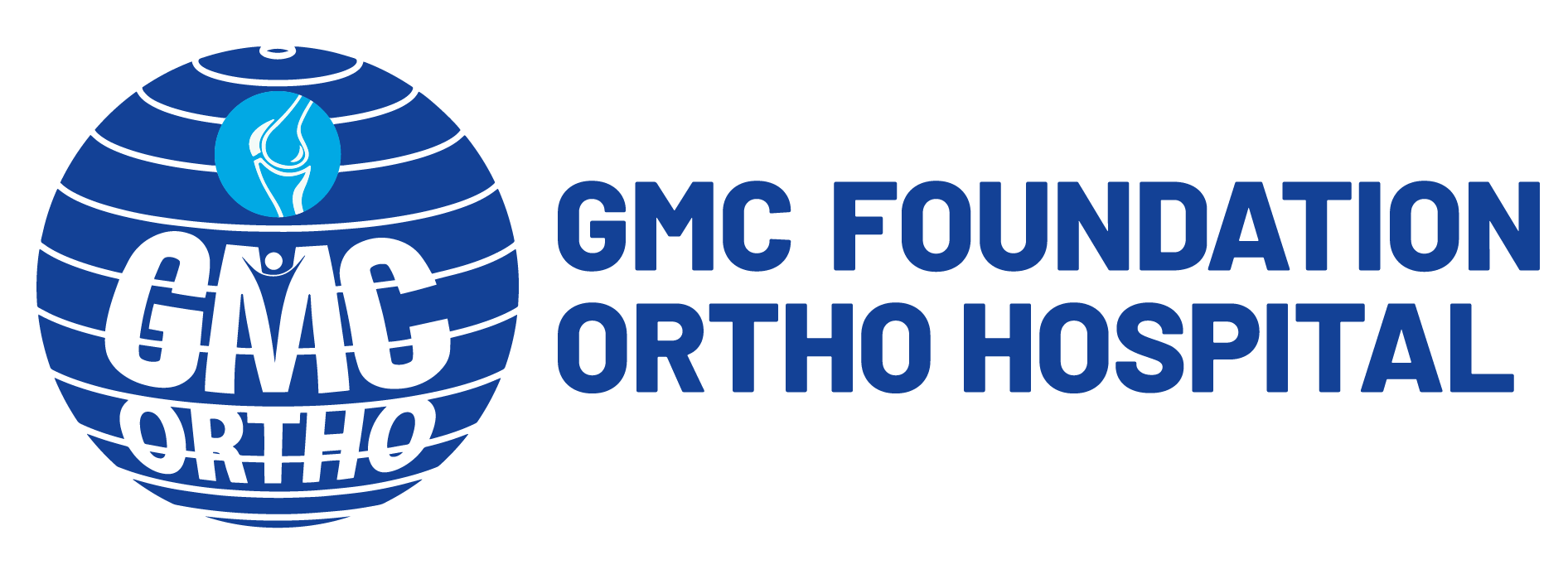Book an Appointment
Note: This is an appointment request only Depending on the availability of the consultant, appointment will be confirmed to you through mail/call The appointment requests can be made minimum 48 hrs in advance

Old Age Knee Pain – knee Pain Treatment Calicut
September 11, 2025Knee pain is one of the most common health complaints among elderly people. As we age, our bones, muscles, and joints undergo natural changes that can make movements more difficult. For many older adults, knee pain is not just an inconvenience — it can affect mobility, independence, and overall quality of life.
In this blog, we will explore the causes of knee pain in old age, available treatment options, and effective ways to manage and prevent knee problems.
Why Does Knee Pain Increase with Age?
The knee is a complex joint that bears the weight of the entire body. Over the years, daily wear and tear, combined with health conditions, can weaken the knee. Some major reasons include:
-
Osteoarthritis – The most common cause of knee pain in older adults. It occurs when the cartilage that cushions the bones wears down, leading to pain, stiffness, and swelling.
-
Rheumatoid Arthritis – An autoimmune disease where the body’s immune system attacks joint linings, causing inflammation.
-
Bone Weakness (Osteoporosis) – Reduced bone strength makes joints more vulnerable to injury.
-
Past Injuries – Old fractures, ligament injuries, or meniscus tears may resurface as chronic pain in later years.
-
Obesity – Excess body weight adds extra pressure on the knee joint, accelerating cartilage breakdown.
-
Reduced Muscle Strength – Aging causes muscle loss, reducing support around the knees.
-
Inflammation & Wear and Tear – Natural aging processes lead to joint stiffness and pain.
Symptoms of Age-Related Knee Pain
Knee pain in older adults may show up as:
-
Pain while walking, climbing stairs, or standing for long periods
-
Swelling or stiffness around the knee joint
-
Grinding or clicking sounds when moving the knee
-
Weakness and difficulty in straightening the leg
-
Pain during the night or early morning stiffness
If symptoms are persistent or worsening, it’s important to consult a doctor to prevent further damage.
Treatment Options for Knee Pain in Old Age
Fortunately, modern medicine offers multiple ways to manage knee pain and improve quality of life.
1. Lifestyle Changes
-
Weight Management: Losing excess weight reduces pressure on knees.
-
Low-Impact Exercises: Activities like swimming, yoga, and walking strengthen muscles without stressing the joints.
-
Diet: Foods rich in calcium, vitamin D, and omega-3 fatty acids support bone and joint health.
2. Medications
-
Pain Relievers: Over-the-counter medicines like paracetamol or prescribed NSAIDs help control pain.
-
Supplements: Glucosamine, chondroitin, and vitamin D may support joint health.
-
Injections: Corticosteroid or hyaluronic acid injections provide temporary relief in severe cases.
3. Physiotherapy
-
Strengthening exercises for thigh and calf muscles
-
Range-of-motion training to keep the knee flexible
-
Heat or cold therapy to reduce stiffness and swelling
4. Minimally Invasive Procedures
-
Arthroscopy: A small surgical procedure to clean out damaged tissue inside the knee.
-
Platelet-Rich Plasma (PRP) Therapy: Newer regenerative techniques to promote healing.
5. Knee Replacement Surgery
When pain becomes severe and daily activities are restricted, knee replacement surgery may be recommended. In this procedure, the damaged joint is replaced with an artificial implant, restoring mobility and reducing pain. Advances in technology have made knee replacement safer, with quicker recovery and longer-lasting results.
Managing Knee Pain at Home
Even after medical treatments, daily care can make a big difference. Seniors can:
-
Use supportive footwear to reduce strain.
-
Apply warm compresses in the morning and cold packs after activity.
-
Use walking aids like canes for stability.
-
Practice gentle stretching to maintain flexibility.
-
Avoid sitting or standing for too long without movement.
Prevention Tips for Healthy Knees in Old Age
-
Stay active with low-impact exercises
-
Maintain a healthy diet and weight
-
Avoid lifting heavy loads
-
Wear comfortable, cushioned footwear
-
Get regular health check-ups to monitor bone density and joint health
Psychological Impact of Knee Pain
It’s important to remember that chronic pain does not just affect the body — it can also lead to emotional challenges like frustration, anxiety, or depression. Staying socially active, joining physiotherapy groups, and maintaining a positive outlook can improve mental well-being and help patients cope better with pain.
